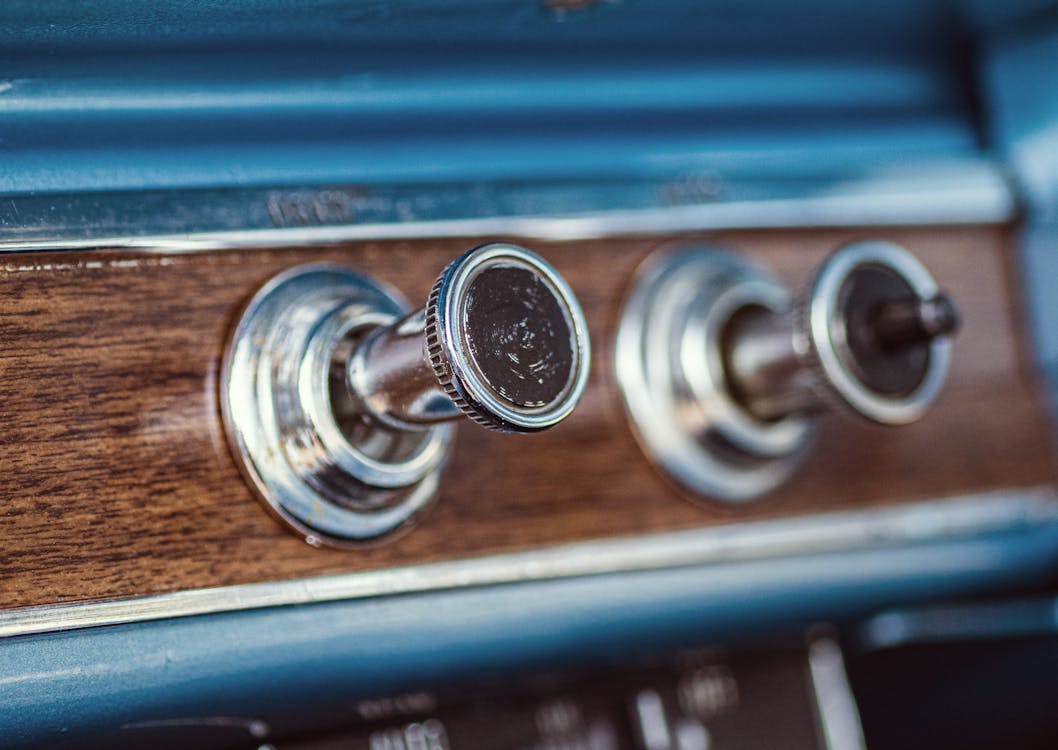
For the past years, cars and truck interiors have been quickly evolving toward sleek, screen-dominated control panels. Touchscreens replaced conventional handles, sliders, and switches in what numerous thought was the unavoidable march of progression. Yet, in an unexpected twist, physical buttons are silently making their back into modern automobiles. The change signals greater than just a timeless nod-- it's an action to real-world feedback from motorists desire simpleness, safety and security, and tactile contentment.
The Digital Overload Dilemma
When touchscreens initially started taking over dashboards, they felt like the future: tidy, personalized, and filled with functions. They eliminated mess and permitted car manufacturers to improve their insides with less physical components. But as more attributes were hidden within digital menus, chauffeurs started to voice worries.
Touchscreens usually call for multiple steps to carry out fundamental tasks like adjusting the climate or changing the radio terminal. Unlike buttons, they lack the user-friendly muscular tissue memory that enables a chauffeur to alter a setup without taking their eyes off the roadway. With so much occurring on-screen, it ends up being all too easy to get sidetracked-- something no person desires when taking a trip at highway speeds.
The Return of Tactile Functionality
One of the largest advantages of switches is their tactile feedback. You can feel them without requiring to look. This sensory reinforcement makes them not just hassle-free yet more secure for motorists. When your hand instinctively knows where the quantity handle is or how far to push a button to activate the defrost, it minimizes the demand to look down or far from the road. And while touchscreens use convenience for infotainment and navigating, the critical everyday features-- like threat lights, audio controls, and HVAC-- really feel far better fit to physical controls.
Actually, lots of motorists that formerly spoke highly of digital systems have expressed admiration for newer designs that blend contemporary aesthetic appeals with the sensible feeling of typical controls. It's not about denying innovation-- it's regarding boosting functionality.
A Balanced Design Philosophy
Designers have noticed this changing view. Rather than deserting displays, they're reconsidering exactly how they're incorporated. The most effective interiors currently strike a balance in between electronic versatility and analog precision. That means strategically putting buttons for vital features while making use of electronic user interfaces for apps, navigating, and media.
This hybrid strategy is particularly prominent in lorries designed for long-distance driving or families. The ease of pressing a switch without fumbling with a food selection makes a big difference when you're attempting to remain focused, comfortable, and safe. Also in cars recognized for cutting-edge tech, a straightforward rotating dial or tactile control can be the attribute that gains vehicle drivers seeking thoughtful layout.
Buttons and the Emotional Connection
There's likewise something distinctively emotional regarding switches. They bring a specific degree of involvement that touchscreens simply do not replicate. Pushing a button or transforming a dial feels like you're literally interacting with your automobile-- it adds a layer of link article that makes the driving experience a lot more enjoyable.
For those taking into consideration used Chevy cars, automobiles from recent years often offer the very best of both worlds: responsive touch interfaces paired with timeless physical controls. These versions bridge the gap in between development and knowledge, making them optimal for vehicle drivers who value modern functions without giving up ease of use.
Innovation Isn't Just About Screens
It's simple to merge modern technology with displays, however real advancement means boosting the motorist experience. In this light, buttons are a kind of smart layout. They're fast, exact, and don't require attention. As automobile design comes to be increasingly driver-centric, benefit and intuition take spotlight.
This additionally ties directly into the resale and trade-in worth of lorries. Autos that focus on user-friendly functions tend to age better in the eyes of future customers. If you're taking into consideration a Chevrolet trade in, knowing that your present automobile offers an attentively designed inside, complete with conveniently accessible controls, can have a favorable influence.
The Future Is Functional
As auto makers re-evaluate the function of interfaces in the cabin, they're led by motorist comments and real-world functionality research studies. The resurgence of buttons does not signal a return to the past-- it's an advance in thoughtful, user-first style. It acknowledges that development does not always mean getting rid of the old yet integrating it in a manner that makes driving more secure, less complex, and extra satisfying.
If you're in the market and discovering Chevy new car deals, watch on exactly how various versions handle their indoor controls. It's not almost the touchscreen dimension-- it's regarding exactly how the lorry aids you remain focused on the road while making your day-to-day commute a lot more user-friendly. Buttons may not be the flashiest feature, yet they're rapidly becoming one of one of the most valued.
For more insights right into vehicle patterns, interior design innovations, and wise car buying ideas, be sure to check back routinely. We're always updating the blog site with fresh concepts to assist you navigate the roadway ahead.